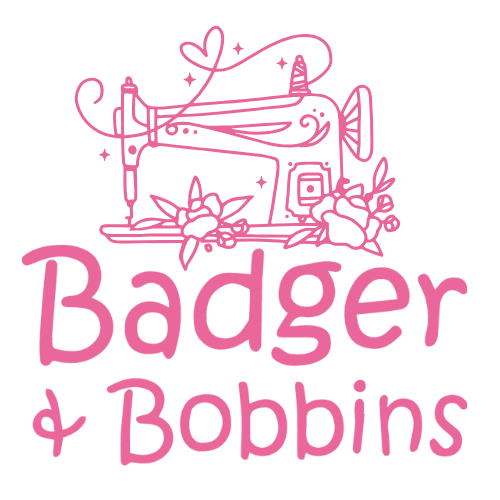What Does It Even Mean Anyway?
When you are learning anything new, it often comes with a whole new language to learn and sewing is no exception!
It can be so frustrating when you just wish someone would explain what the flipping terms mean in the first place! Don’t worry - I’ve got you! Here are a few commonly used sewing terms explained to get you started…
Right side of your fabric The side of your fabric you want to be visible when your project is finished.
Wrong side of your fabric The side of your fabric you want to be hidden when your project is finished.
Directional Pattern Where the pattern on your fabric has a definite top and a bottom.
Non-Directional Pattern The pattern on your fabric has no top or bottom - it is the right way up whichever way you turn it.
Finish seams Strengthen the edge of your fabric seams by either trimming them with pinking shears, sewing a zigzag stitch along them or sewing them with an overlocker. It helps your project fray less and last longer especially if it needs to go through the wash!
Back Stitch To seal in the ends of your line of stitches by sewing over a few stitches at the start and end of your sewing. Aim for 3 forward and 3 back but if it turns out to be 8 forward and 8 back it’s still going to do the trick!
Seam Allowance The distance from the edge of the fabric to your line of stitches. Common ones are a quarter of an inch (6mm) half an inch (12mm) and five eighths of an inch (15mm).
BasteTemporarily stitch something in place so it won’t move when it gets sewn down properly at a later stage. Sew with the longest stitch length you can get on your sewing machine.
If you are feeling befuddled by your sewing machine and wondering how to get started check out my new online sewing course for beginners Ready, Thread, Sew!






